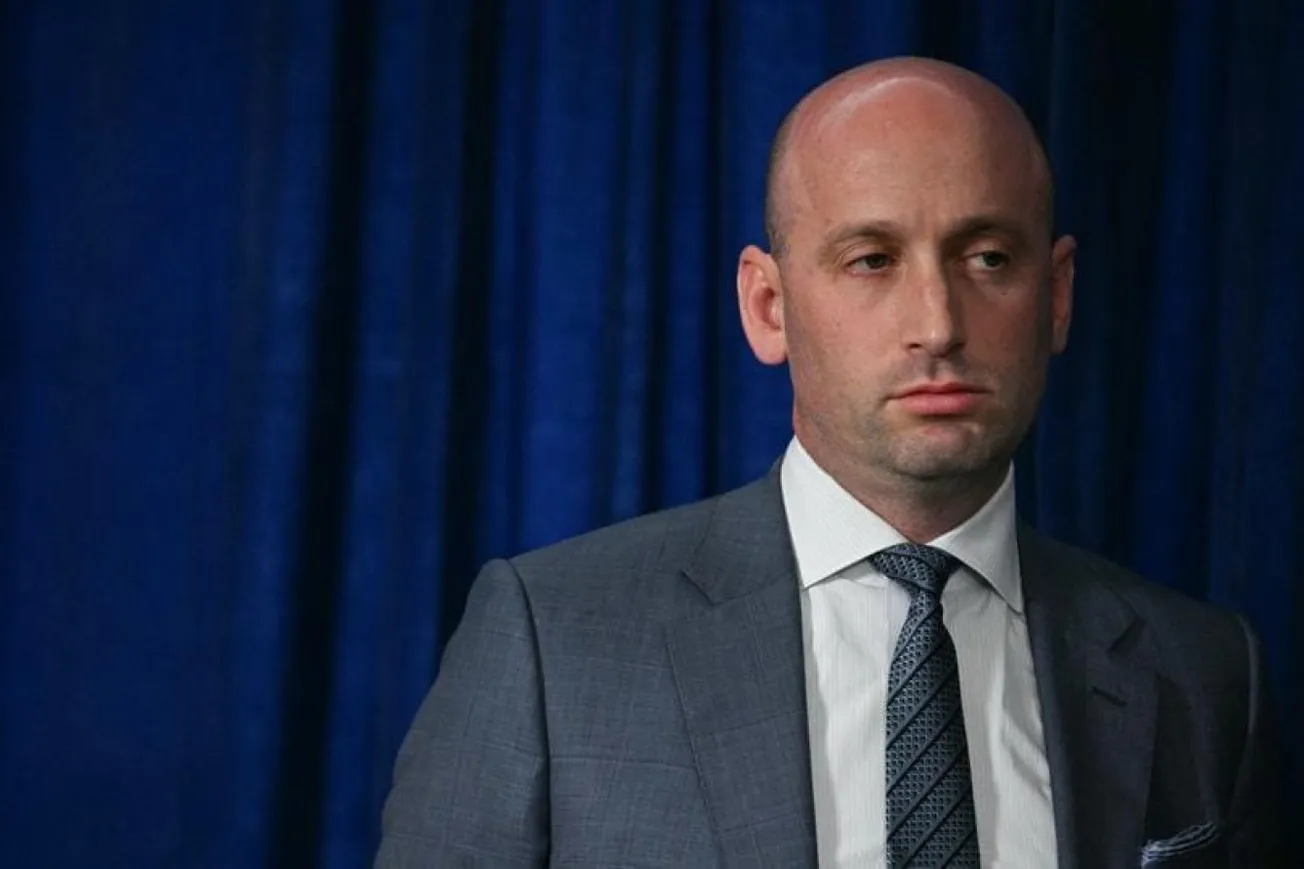In my college days I ranked among the top 10 women divers in the United States. I got that far not just because I worked hard — practicing every day in four-to-six-hour sessions — but also because I had an extremely tough coach who routinely offered both caring support and sharp criticism. Early in our relationship he explained how it would work: “When I stop yelling is when you’d better start to worry.” And I understood: Because he believed in me, he would push me — hard.
Strategies for coaching athletes don’t always work for executives trying to manage employees. But when it comes to delivering criticism, I do think some best practices translate. Used correctly, criticism can improve performance, enhance trust and respect, and advance the achievement of mutual goals. Used incorrectly, it can be toxic to a relationship.
How can you increase the likelihood that your employees will perceive the criticism you offer them as helpful and well-intended and be more willing to act on it, as I was with my diving coach? Based on my sports experience with him and my current work as an executive coach, I’ve developed four guidelines:
Engage the person in a specific solution. All too often managers offer criticism in general terms,leaving the receiver to guess what remedy is expected.
Good coaches are, by contrast, extremely specific: “Straighten your left leg” or “Be sure to spot the palm tree before you open your somersault tuck.” They encourage the athlete to problem-solve with them: “What felt off on that dive?” or “What could you do to get that leg straighter or start that twist earlier?”
Such an approach is equally effective in the workplace. Take, for example, the director of a large hospital who received complaints that a new manager was too abrupt in meetings and was failing to respond to requests in a timely fashion. Instead of taking the woman to task and explaining how she should change, the director explained the situation and asked her what might be done about it. She said, “It’s important for you to make good first impressions, but I’ve heard that some people think you’re too terse and not getting back to them quickly enough. How do you think you might change your behavior to shift those perceptions?” The manager suggested a few ideas and immediately implemented them.
Engaging employees in a specific solution ensures they’ll get it right next time, communicates respect for their opinions, and builds their confidence.
Link the criticism to what’s most important to the employee. My coach knew I wanted to please my parents. After all, they sacrificed a lot to allow me to pursue my dream of one day being in the Olympics. So, during diving workouts, if I was goofing off, all my coach had to say to get me focused was, “Do you think what you are doing right now is going to make your parents proud of you and get you into the Olympics?”
The same tactic can be used with employees. As an example,consider someone who cares about being respected by peers but is habitually 10 minutes late to weekly staff meetings and often blames her tardiness on her busy schedule. A manager might simply reprimand her — either nicely (“Please make more of an effort to be on time”) or sharply (“Do we need to get you a new watch?”). But a more effective strategy is to say something like: “How do you think coming in late affects your reputation with your colleagues?”
If employees see the link between the criticism and the things they care about personally, they’ll be more receptive to it.
Keep your voice and body language neutral. Coaches do yell sometimes; mine would bark at me from across the pool when I’d botched an easy dive. At times, managers can motivate with a raised voice and expressive gestures as well — to get across a we-can-do-better message.
But, ideally, workplace criticism is far more effective when delivered in a matter-of-fact tone of voice, with a relaxed facial expression and with neutral body language. That’s how the hospital director spoke to her new manager. (It’s also how my coach and I typically discussed how I could improve.)
An unemotional delivery sends a message that the criticism is simply part of doing business.
Heed individual preferences. My coach knew I liked to hear what he thought of each dive. I preferred that he be direct and to the point so that I had a clear understanding of what I needed to do differently.
Employees also have feedback preferences. One regional sales manager I know often accompanies her sales associates on client visits. Over time, she learned that some reps wanted her advice on their customer interactions immediately, while others preferred that she observe a day’s worth of calls and deliver comprehensive feedback the next morning at breakfast.
Early on, before your employees have a chance to do anything that requires criticism, ask them how they prefer to receive feedback. Should you give it immediately or postpone it to another time? Do they prefer an email or an in-person talk? If it’s the latter, should it be in your workspace, theirs, or a neutral spot?
A soon-to-be-published study conducted by the National Management Association and my firm found that 98% of managers believe it is important to be open and receptive to criticism, but that’s easier said than done. When bosses follow these guidelines, employees are much more likely to make good on the goal of welcoming negative feedback.
Deborah Bright is founder and president of Bright Enterprises, Inc., an executive coaching and training organization, and the author of six books, including The Truth Doesn’t Have to Hurt: How to Use Criticism to Strengthen Relationships, Improve Performance, and Promote Change (AMACOM, 2014).
The article appeared in Harvard Business Review in Jan 17, 2017 issue.
If you enjoy what you read, please consider subscribing for $99 a year. If you want to discuss your research needs, please contact us.









